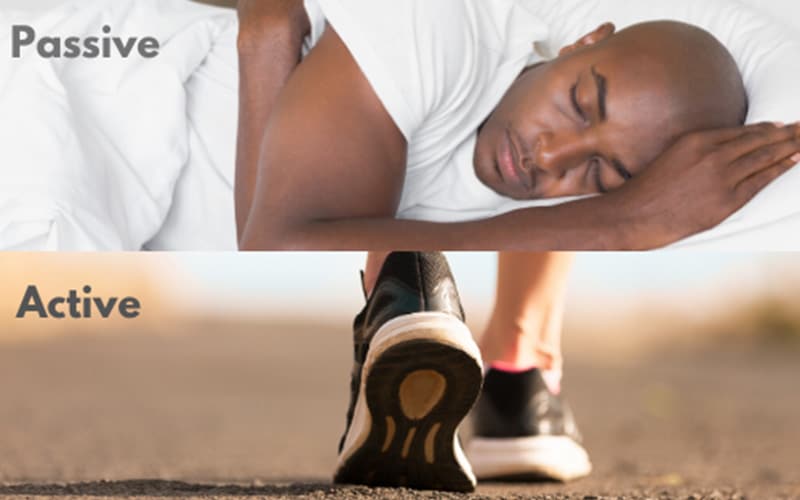Train hard. Recover harder.
Recovery is the next hottest wave in fitness. It’s what keeps professional athletes well, professional athletes. It’s a must-do for both extreme fitness types and sports enthusiasts of all varieties, from runners to yogis. It is for people that are battling an autoimmune disease, chronic pain, sleeping poorly or stressed out. Recovery is for EVERYONE.
Now, to focus on those who strive toward the seven day, power packed workout schedule, but instead spend a few days each week in reality-stricken guilt…recovery is the best trend (a “trend” that is not a trend at all – it is here to stay with the influx of scientific research) to happen to exercise since juice bars.
Recovery
The first thing someone thinks about when they hear the word “recovery” is probably laying around, waiting for your muscles to repair. However, in this context it is far from that. We are not talking about simple downtime; we are speaking to efficient downtime. After a training session or intense workout, recovery is the process of your body restoring (healing) itself — muscles receive the nutrients they need to repair and re-energize, hormones rebalance and the central nervous system gets a moment to repair. Research proves that active bodies need to focus as much on recovery as they do training. That is, if you want to keep building endurance and prevent injury.
Types of Recovery
First off, let’s talk about the two types of recovery: one that puts you at a standstill under doctor’s orders (passive), and one that restores your body (active). Sometimes after a feisty-fitness session (like when you wake up the next morning with concrete legs and an appreciation for the elderly climbing stairs), you might feel like passive recovery is the best option…it’s not. When you move a little, you feel a lot better and you get the lactic acid out of your body.
Passive Recovery
Passive recovery is what helps repair certain types of injuries. It occurs while the body is resting, sleeping, eating healthy foods, and sometimes wearing compression sleeves. It involves doing almost nothing, which is your body’s natural response to recovery.
Active Recovery
Active recovery helps the body flush out and release the nutrients it needs to repair itself and get your circulation going. It can be any activity such as walking, stretching, playing frisbee, some light dancing, infrared-sauna-ing, etc.
Needless to say; you’ve got options. Infrared Saunas, Cryotherapy, NormaTec Compression, PEMF, Celluma, CryoSculpting…don’t let the wellness lexicon fool you, recovery doesn’t have to be complicated!
